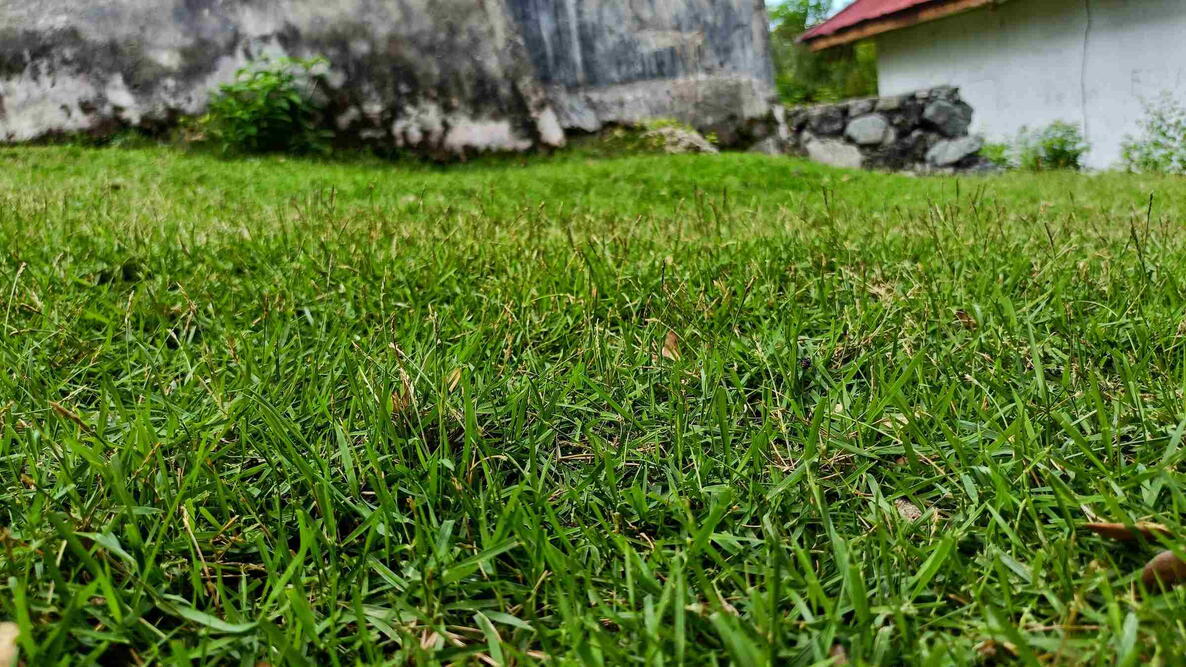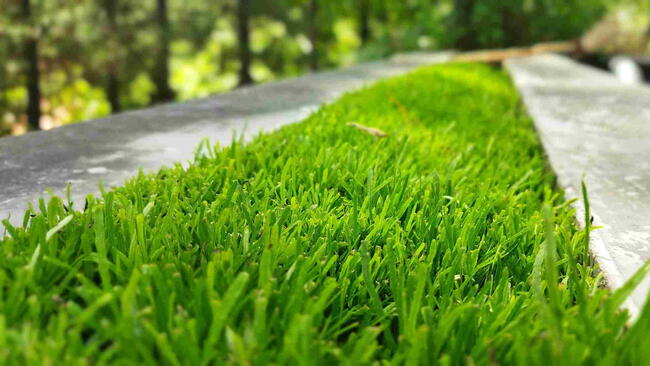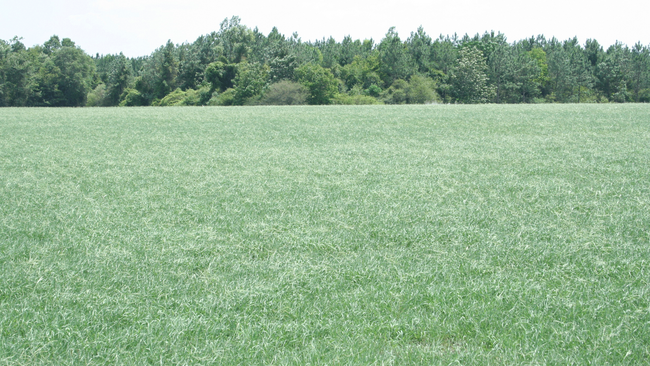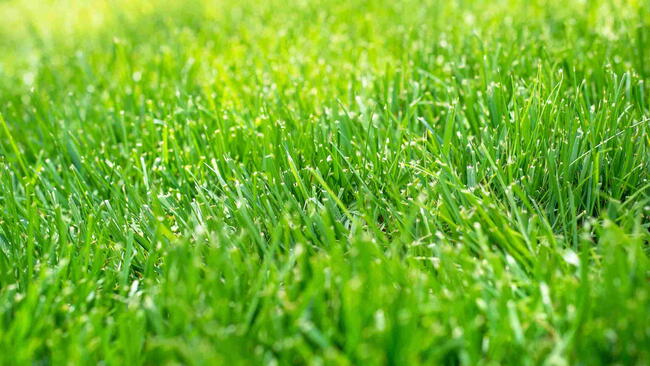
Caption
Eremochloa ophiuroides, or centipedegrass, is a warm-season lawn grass.
Photo Credit
Sulastri Al El
Subhead
Lazy Lawn Lovers, Rejoice!
Read Next
Types
Centipedegrass varieties share many traits but differ slightly in some characteristics. While some varieties don’t produce viable seed and must be established from sod, plugs, or sprigs, others can be seeded.
- Common — stems may be red, yellow, or green
- Chinese Red Stem — an early cultivar
- TifBlair — selected for winter hardiness
- Oaklawn — features a subtle bluish tint
- Centennial — more tolerant of less-than-ideal soil pH
Gardening Products
More Like This
This grass is horribly invasive along with zoysia. They crawl over all of your landscape edging, crawl through barriers and give you a fit with pests.
Centipede grass is atrocious.
Re-patching it with new sod is a standard. And if you have any shade or trees, it won't grow. Then you have bare patches. Grows where you Don't want it, doesn't grow where you do want it.
Plant CLOVER- better for the environment, stays green and sets nitrogen to improve soil. Easy to take up.
If you plant centipede grass, absolutely say goodbye to your garden, your neighbor’s garden, native plants in a mile radius, etc.
This stuff is SO NOXIOUS and invasive!! I can’t believe I’m seeing this recommended!











Comments